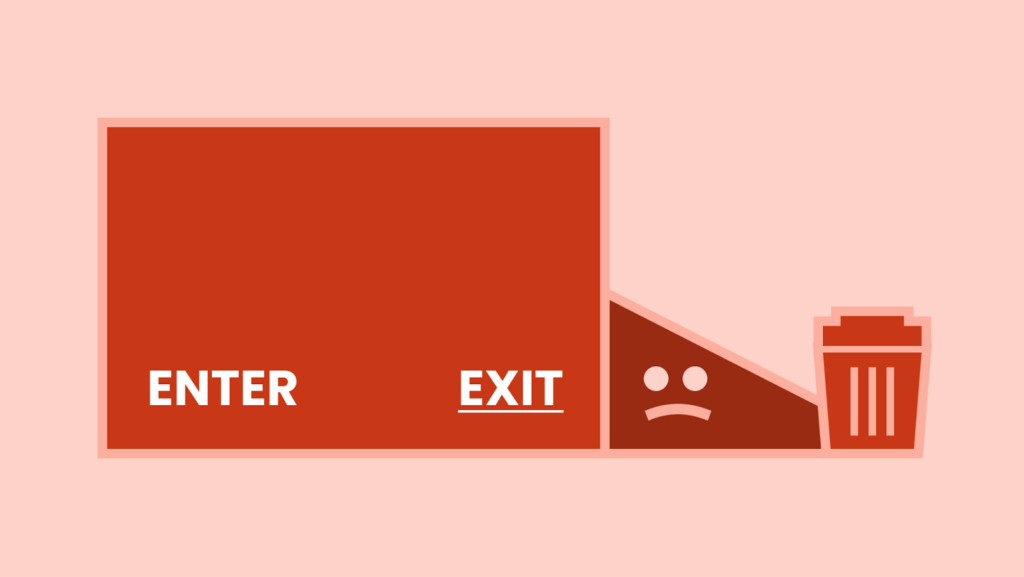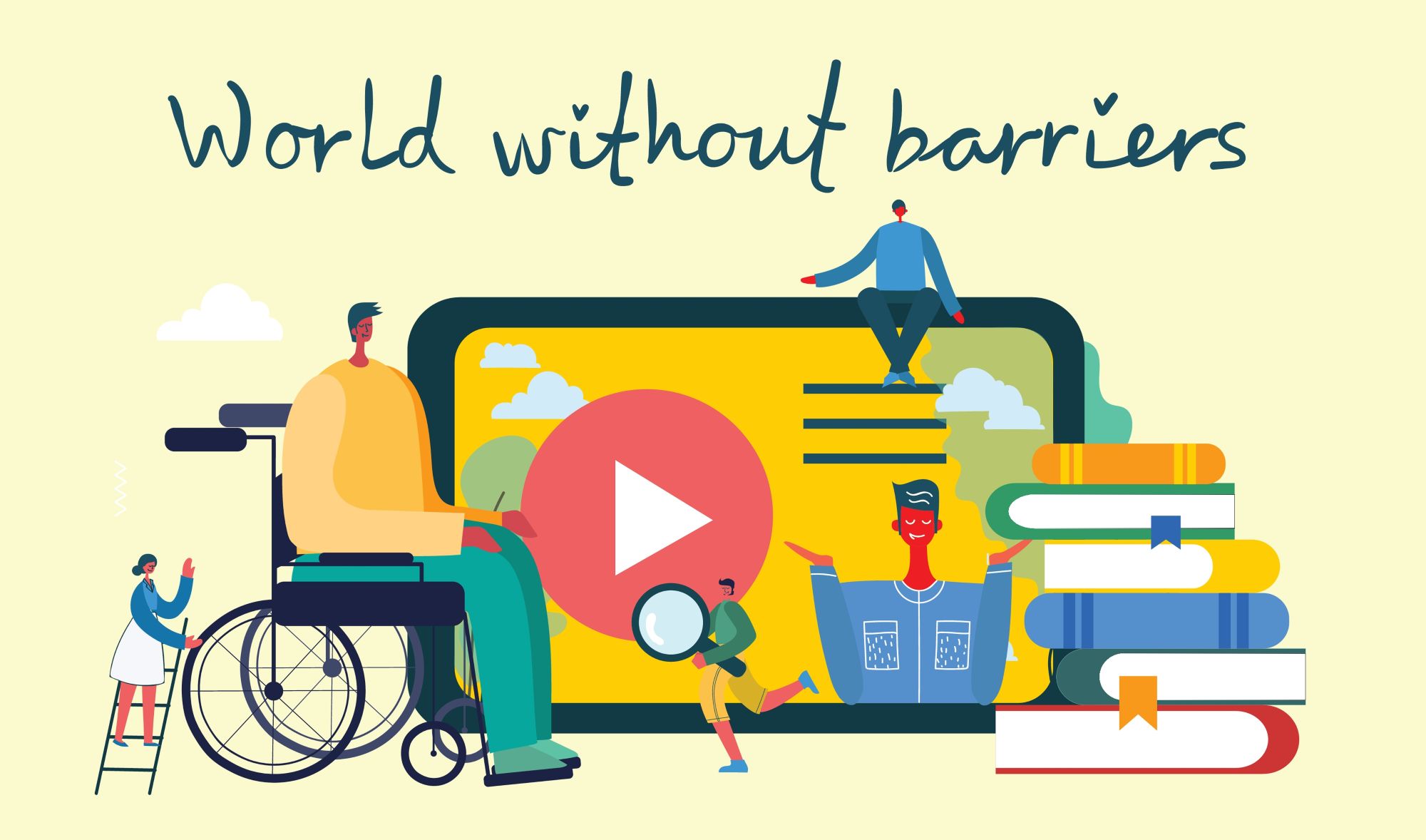Talk to any accessibility consultant, and you’ll likely hear a common call to arms. Follow WCAG, or get sued. WCAG, otherwise known as the Web Content Accessibility Guidelines, provides a list of “testable criteria” that is often referenced and enforced by the law. For example, a California Parks website recently settled a $2 million dollar lawsuit over a website that cost them $66 million dollars to build.
The fear of a lawsuit is a strong motivator towards building more accessible websites and software apps. However, in isolation, it’s an unending tunnel. Organizations tend to become fixated on the impossible destination of becoming 100% accessible. They dig, and dig, and dig, and fail to emerge from the ground and interact with disabled people.
It is an easy trap to fall for. Companies interested in turning a profit more than listening to disabled people will often sell shortcuts or remediative bandaids. For example:
- Overlay companies sell slap-on accessibility widgets for websites, claiming it will lead to compliance. The FTC rejected this, requiring an overlay company to pay $1 million for deceptive claims.
- Consultancies may offer code-based remediations to existing products in isolation. This often leads to an audit-fix loop, where it is more profitable to continue fixing downstream issues without addressing their upstream causes.
In the absence of disabled voices, participation, and leadership, organizations often build websites and applications that are accessible on paper, but exclusive in practice.

For example, a wheelchair ramp in isolation can meet most objective criteria to be considered “compliant” with legal definitions of access.

But that same ramp in reality may be undiscoverable behind the building and beside the trash. It may be technically accessible, but as Aimi Hamraie writes, access is not a “self-evident good.”
In the same way, simply remediating a website or application following WCAG rules won’t guarantee that it will be desirable, or even usable, for disabled people. Instead of wrangling with issues downstream in a quality assurance test, we need to move upstream towards discovery, research, and design with disabled people. J Logan Smilges, an academic who explores disability design justice, challenges accessibility designers to understand “What do we want access to, and why do we want access to it?”
“What do we want access to, and why do we want access to it?”
J. Logan Smilges
Real people. Radical participation.
I joined CoLab because it is inherently an organization built and driven by participatory approaches. Why? Good accessibility work isn’t about achieving compliance. It’s also not about building products for disabled people. It’s about designing with them.
For example…
- Shifting when we work on accessibility to the design phase can open up opportunities to conduct research with disabled people before we develop any website or app. This can mitigate costly remediations or clunky retrofitted code for assistive technologies. Using trauma-informed design, we can engage with disabled folk throughout the full research and design process using such methods as member checking to ensure they have decision-making power in the process.
- Considering usability, and not just access, for disabled folk guides us to selecting simpler components, patterns, and styles. For example, styling and coding a button as a button instead of using a <div> element can reduce engineering time and the costly need for remediative fixes.
- Publishing an accessibility statement on your website or app can provide transparency and build trust with disabled people. It can also provide direct lines of connection to increase communication between an organization and disabled people who use their services.
CoLab excites me because the workers excel at this work. They think about the human at the end of the experience and not just if they’ve met all the legal criteria. Compliance is truly an outcome, not the goal.
If you’re interested in partnering with us, be in touch. We’re ready to get you started on this journey, and are flexible about meeting you where you are.
